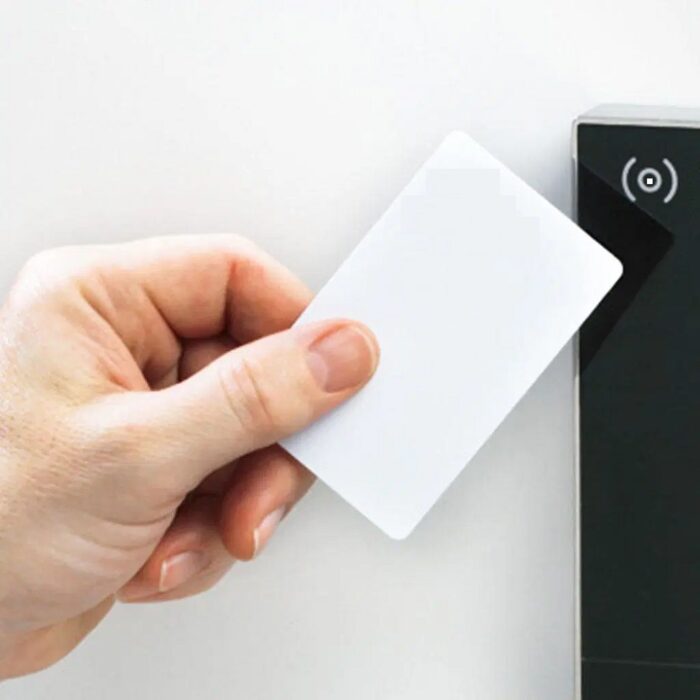PVC and RFID Cards
PVC and RFID Cards: A Brief Overview
PVC (Polyvinyl Chloride) cards and RFID (Radio Frequency Identification) cards are two common types of cards used in various applications, from access control and payment systems to loyalty programs. Let's delve into their key characteristics and differences.
PVC Cards
- Material: Made primarily from polyvinyl chloride, a durable and versatile plastic material.
- Appearance: Typically have a smooth, flat surface and can be printed with various designs, logos, and text.
- Functionality: Primarily used for identification and authentication purposes. They often contain magnetic stripes or barcodes for data storage and reading.
RFID Cards
- Technology: Incorporate RFID chips that emit electromagnetic signals.
- Functionality: Used for contactless identification and data transfer. When brought near an RFID reader, the card transmits its unique identifier.
- Types:
- Low-frequency (LF): Used for shorter distances and typically in applications like animal identification.
- High-frequency (HF): More commonly used for access control, payment systems, and public transportation.
- Ultra-high frequency (UHF): Used for longer distances and in supply chain management and inventory tracking.
In conclusion, PVC and RFID cards each offer unique advantages depending on the specific application. PVC cards are more traditional and rely on physical contact for data reading, while RFID cards provide a convenient and contactless solution. The choice between the two often depends on factors such as security requirements, cost, and desired functionality.




Comments
Post a Comment